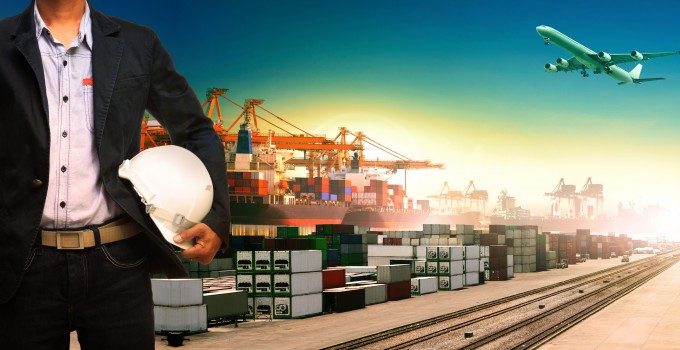Kerry poaches key Kuehne APAC exec – the 2025 TPEB fight has begun
Showdown time
FWRD: UPS AND DOWNSCHRW: NEW RECORDCHRW: BUILDING ON STRENGTHFDX: GETTING OUTAAPL: AI POWERDSV: NEOM PROJECT RISK HLAG: 'USTR RISK' HLAG: INVENTORY LEVELSHLAG: CRYSTAL BALLHLAG: CEO ON SPOT RATES IN THE CURRENT QUARTERHLAG: UNIT COST PERFORMANCEHLAG: QUESTION TIMEHLAG: SECOND HALF OUTLOOK HLAG: SPOT RATES DYNAMICS HLAG: STRONG PERFORMANCE
FWRD: UPS AND DOWNSCHRW: NEW RECORDCHRW: BUILDING ON STRENGTHFDX: GETTING OUTAAPL: AI POWERDSV: NEOM PROJECT RISK HLAG: 'USTR RISK' HLAG: INVENTORY LEVELSHLAG: CRYSTAL BALLHLAG: CEO ON SPOT RATES IN THE CURRENT QUARTERHLAG: UNIT COST PERFORMANCEHLAG: QUESTION TIMEHLAG: SECOND HALF OUTLOOK HLAG: SPOT RATES DYNAMICS HLAG: STRONG PERFORMANCE

In less than two weeks, the institution that has been Transpacific Stabilisation Agreement (TSA), will end. For nearly 30 years the TSA, now something of an anomaly in today’s world, represented container lines interests on the transpacific trade. Its closure comes a decade after the EU banned a similar agreement, the Far Eastern Freight Conference, which was deemed to be anti-competitive. TSA executive administrator Brian Conrad said: “During these challenging times in shipping, it became apparent that the TSA’s original mission was no longer viable, but I believe the TSA has performed an important role over the years in supporting the development of US international trade.” Seatrade reports.



Comment on this article